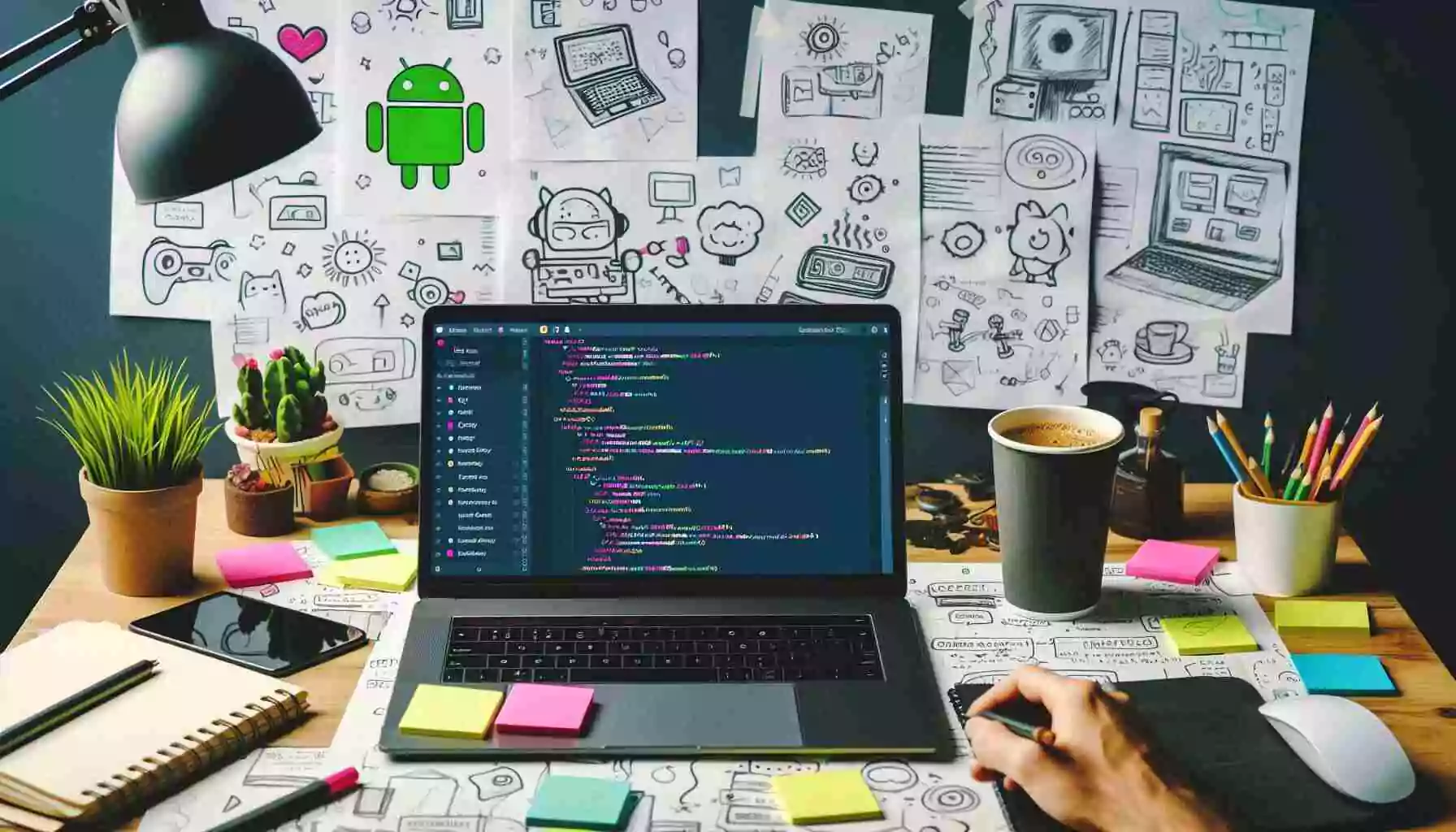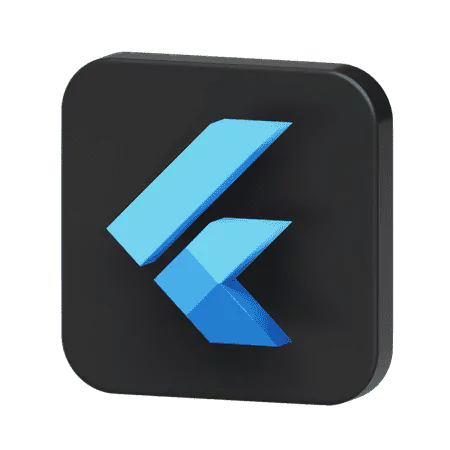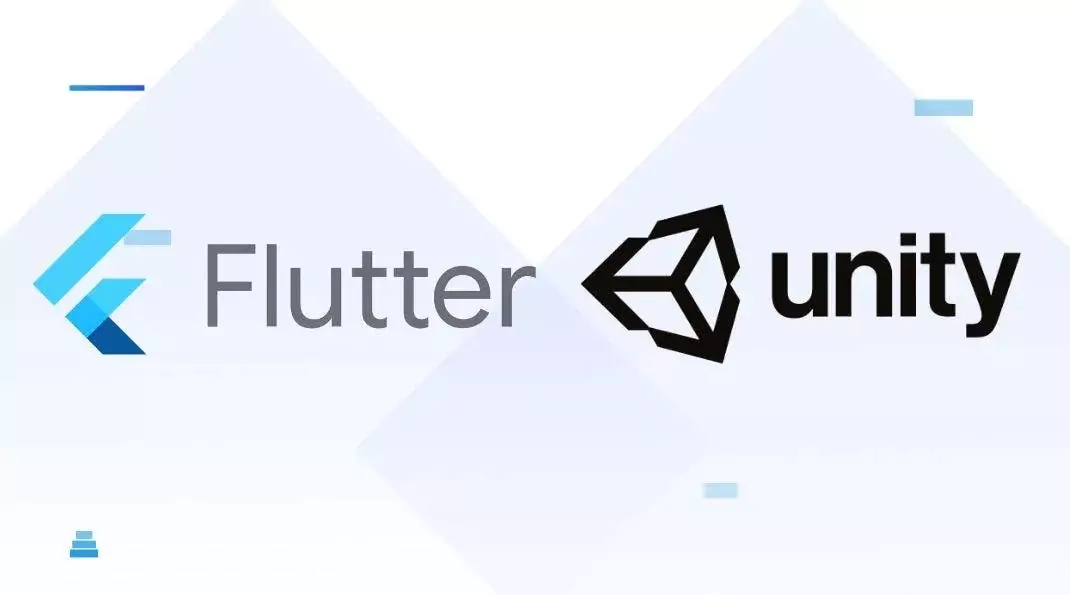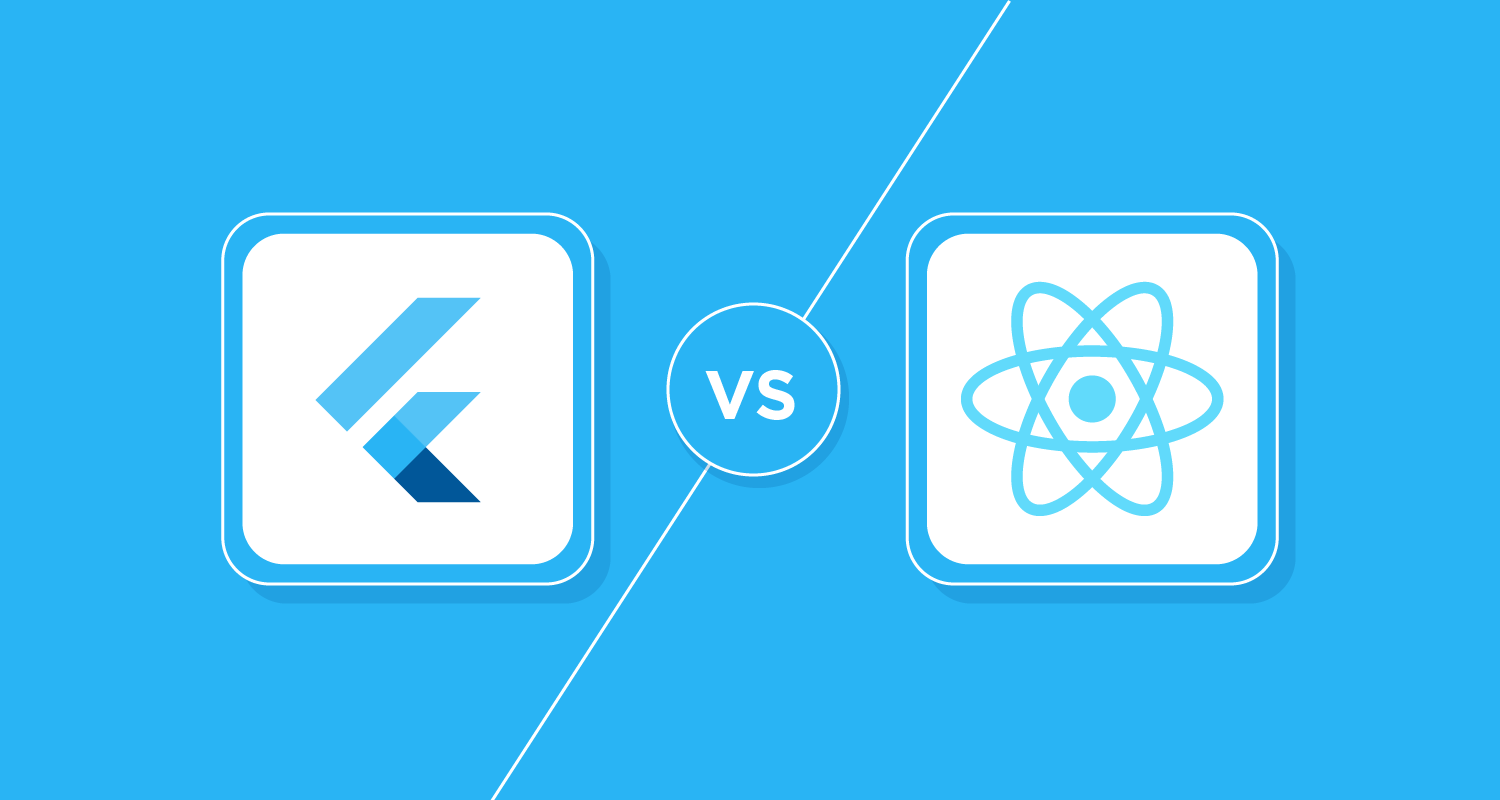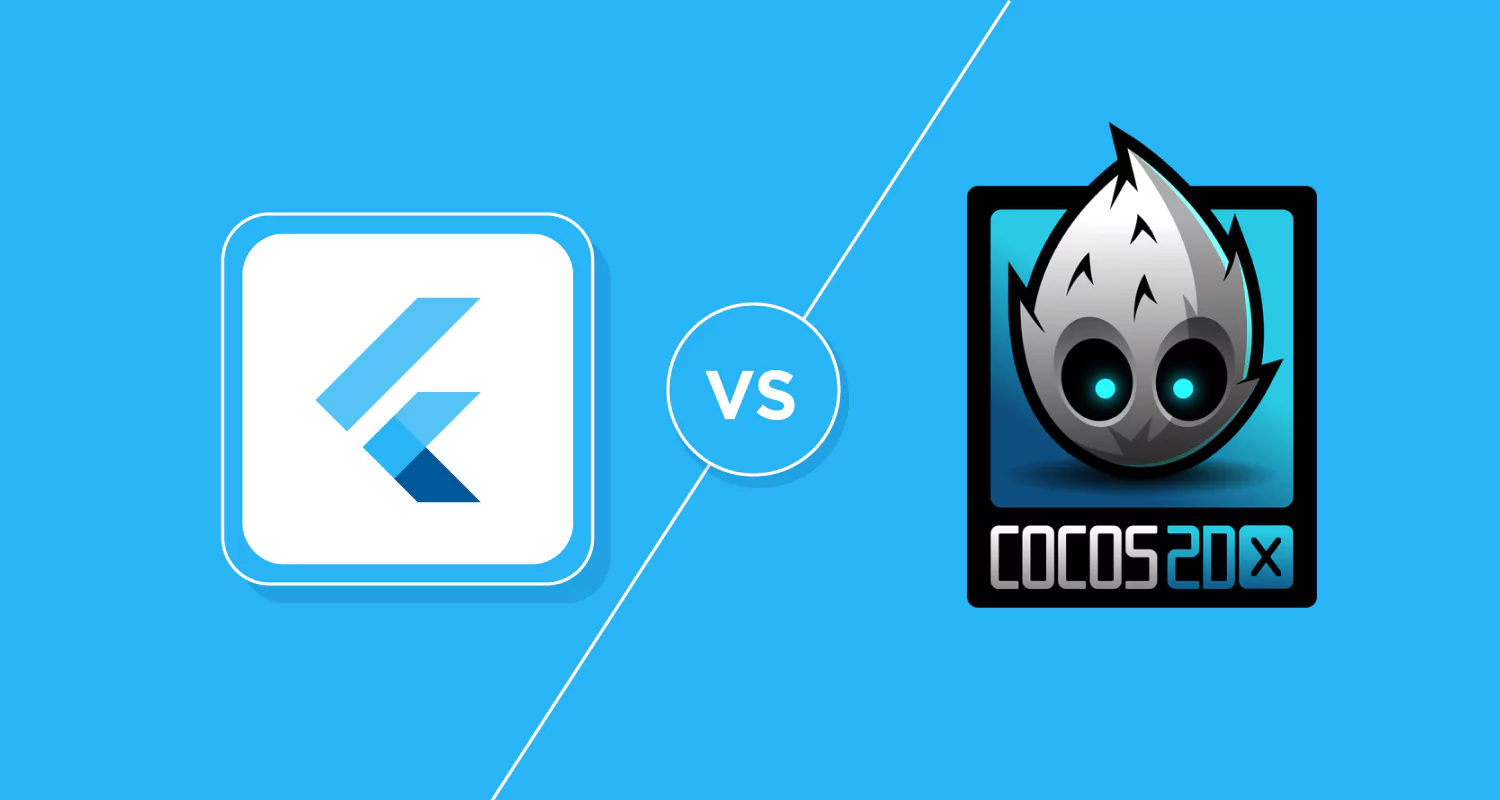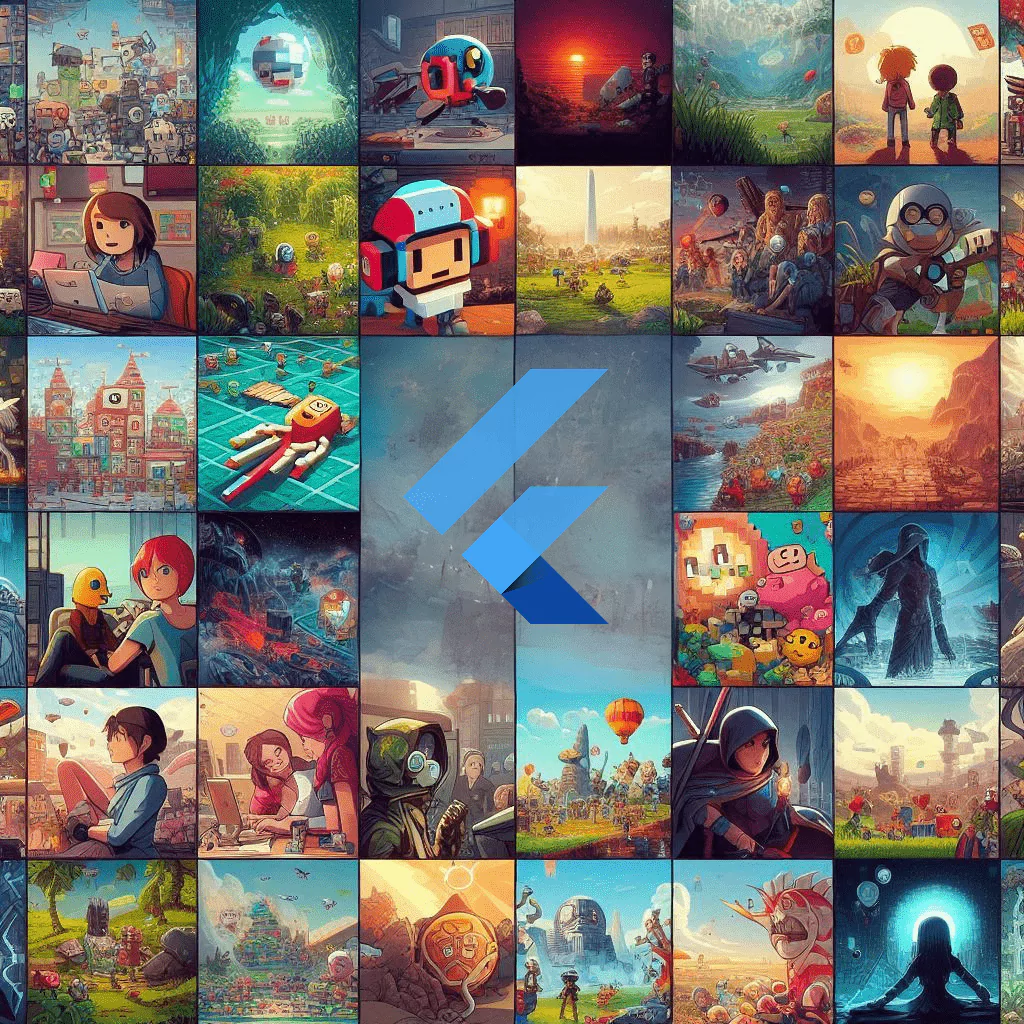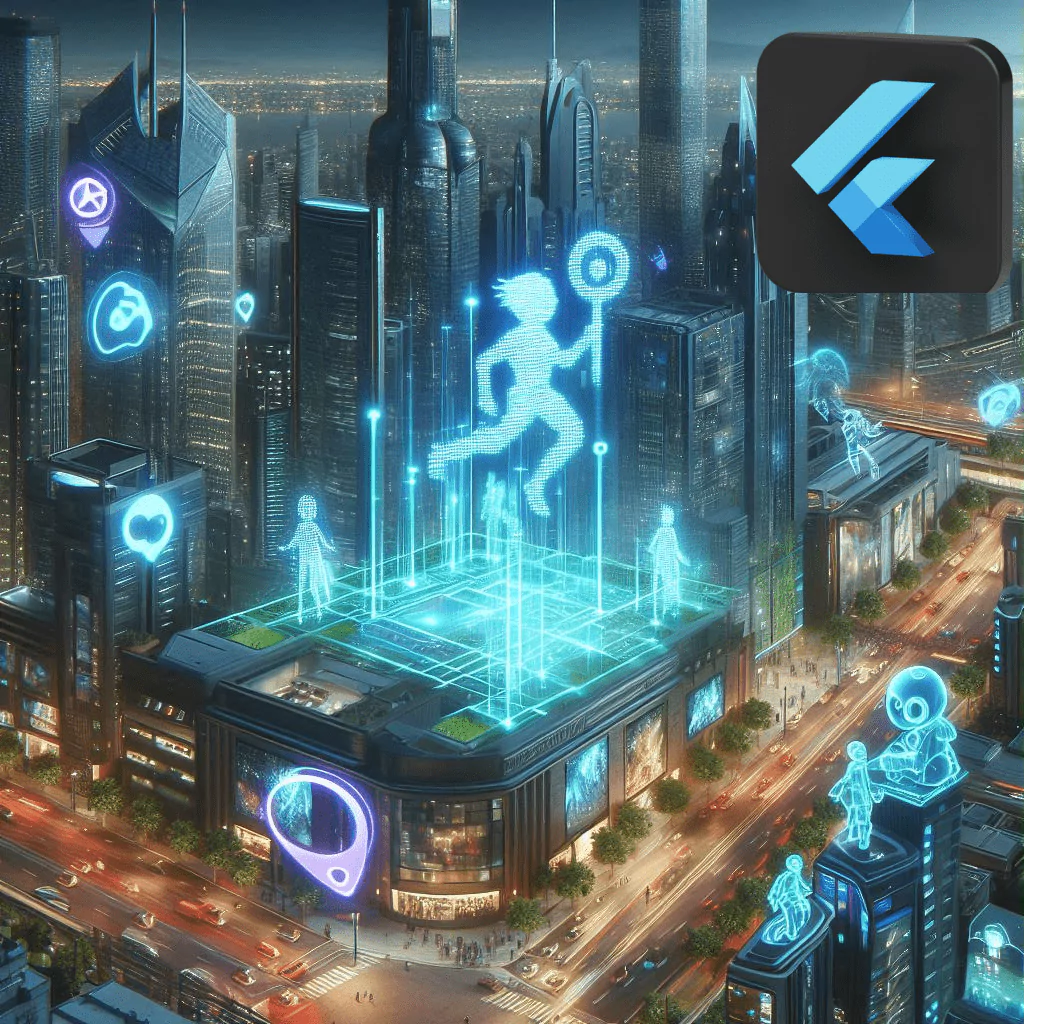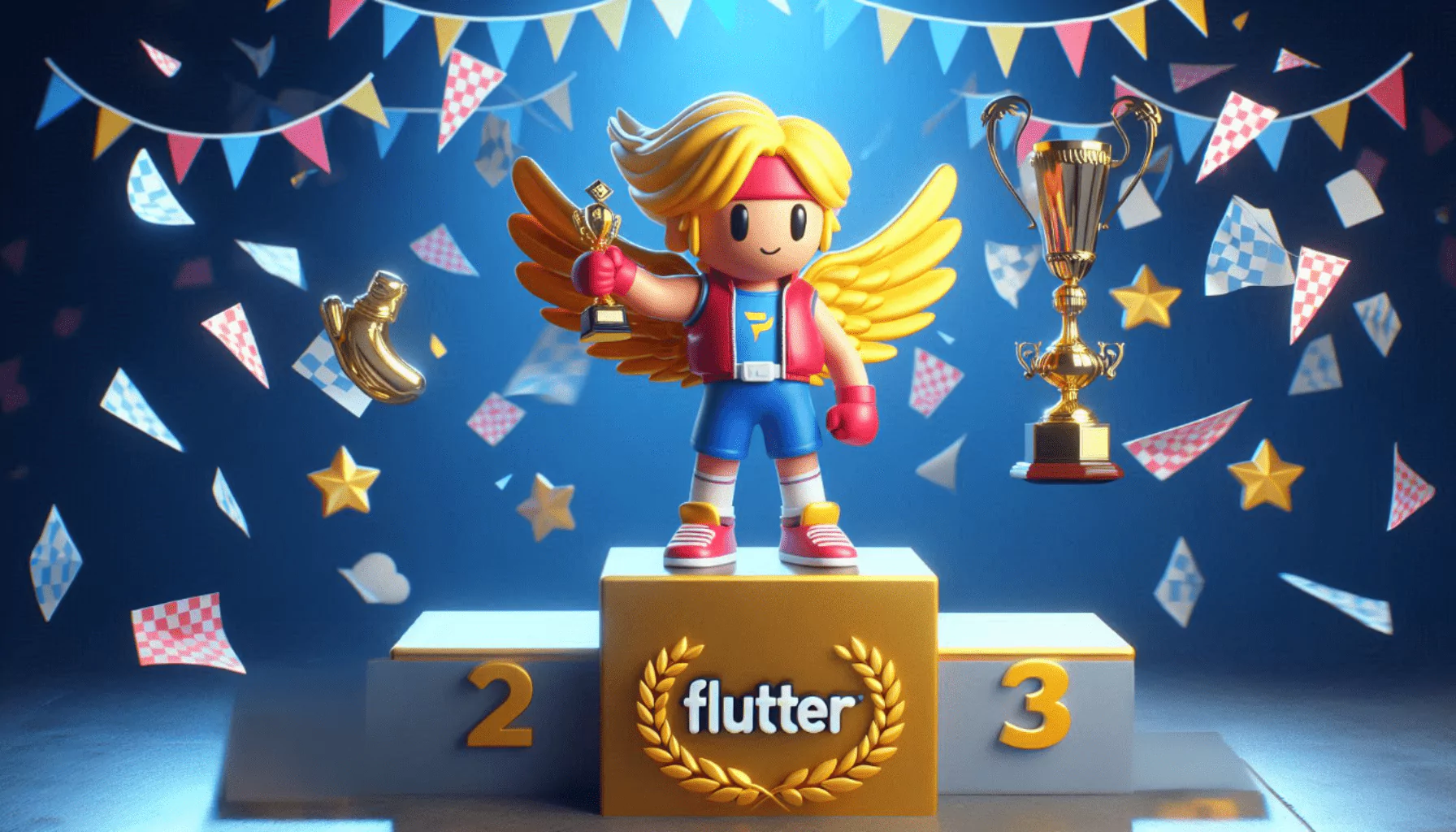As Flutter continues to evolve, its potential in the gaming industry is only beginning to be realized. Here are some trends and developments to watch:
1. Improved 3D Support
While Flutter is already strong in 2D game development, there are ongoing efforts to enhance its 3D capabilities. This could open up new possibilities for more complex and immersive games.
2. Integration with AR and VR
As augmented and virtual reality technologies become more mainstream, Flutter's ability to integrate with these platforms will likely improve, enabling developers to create innovative AR and VR game experiences.
3. Enhanced Performance Optimizations
The Flutter team is continuously working on performance improvements, which will benefit game developers by allowing for even smoother and more complex game mechanics.
4. Expansion of Game-Specific Plugins and Packages
As the Flutter gaming community grows, we can expect to see more specialized tools, plugins, and packages tailored specifically for game development.
5. Increased Adoption by Major Game Studios
As Flutter proves its worth in the indie game development scene, it's likely that larger game studios will begin to adopt it for certain projects, particularly mobile and casual games.
6. Better Integration with Game Services
Improved integration with platform-specific game services (like Google Play Games and Apple Game Center) will make it easier for developers to implement features like achievements and leaderboards.
7. Advanced Asset Management
Future updates may include more sophisticated asset management tools, making it easier to handle the large number of resources typically required in game development.
8. Expanded Platform Support
While Flutter already supports multiple platforms, we can expect to see even broader support, potentially including gaming consoles and emerging platforms.

